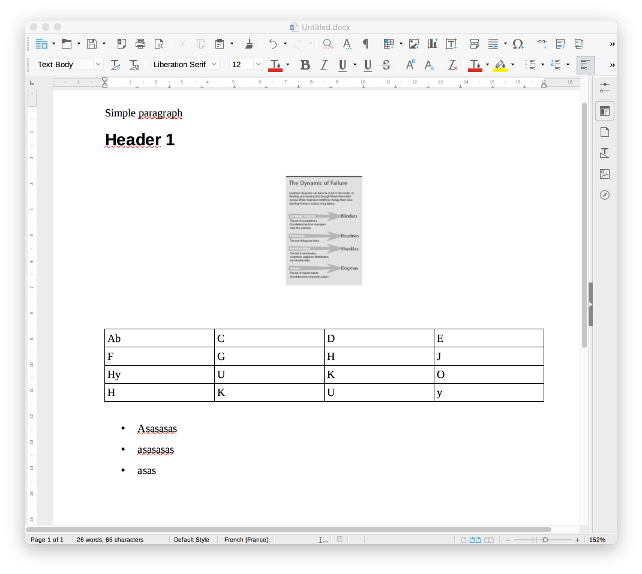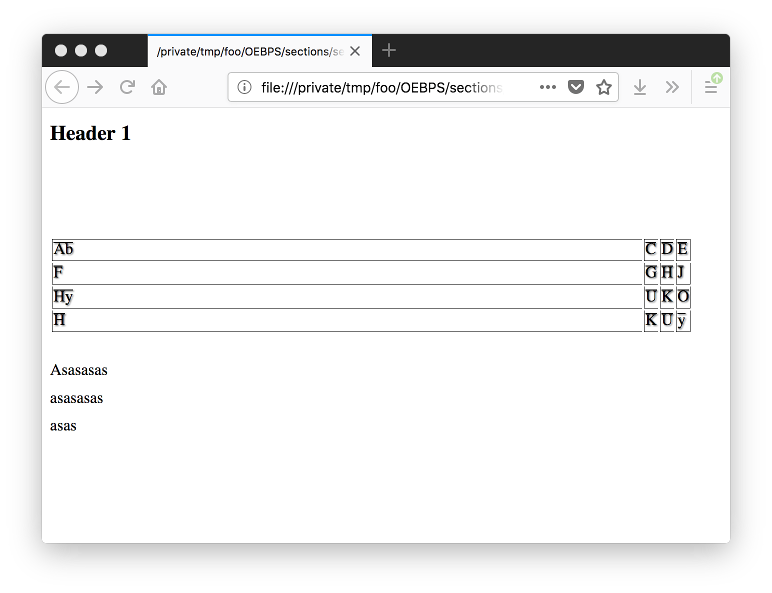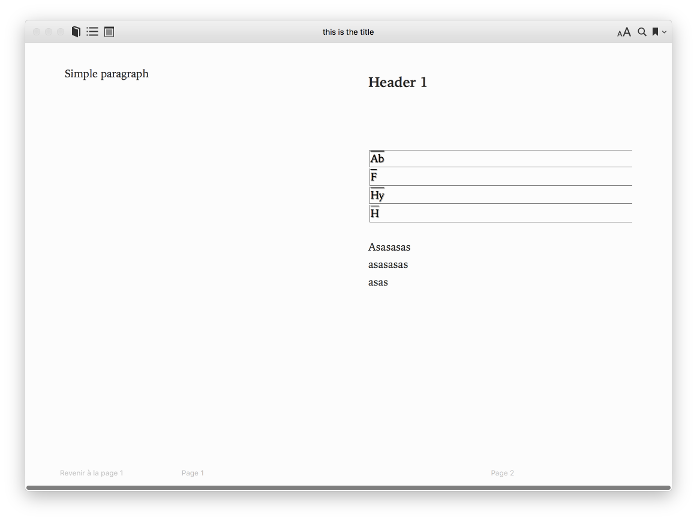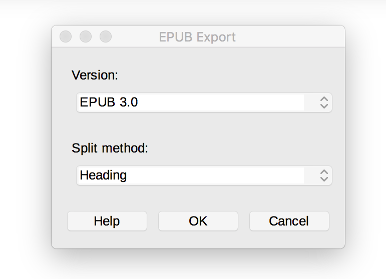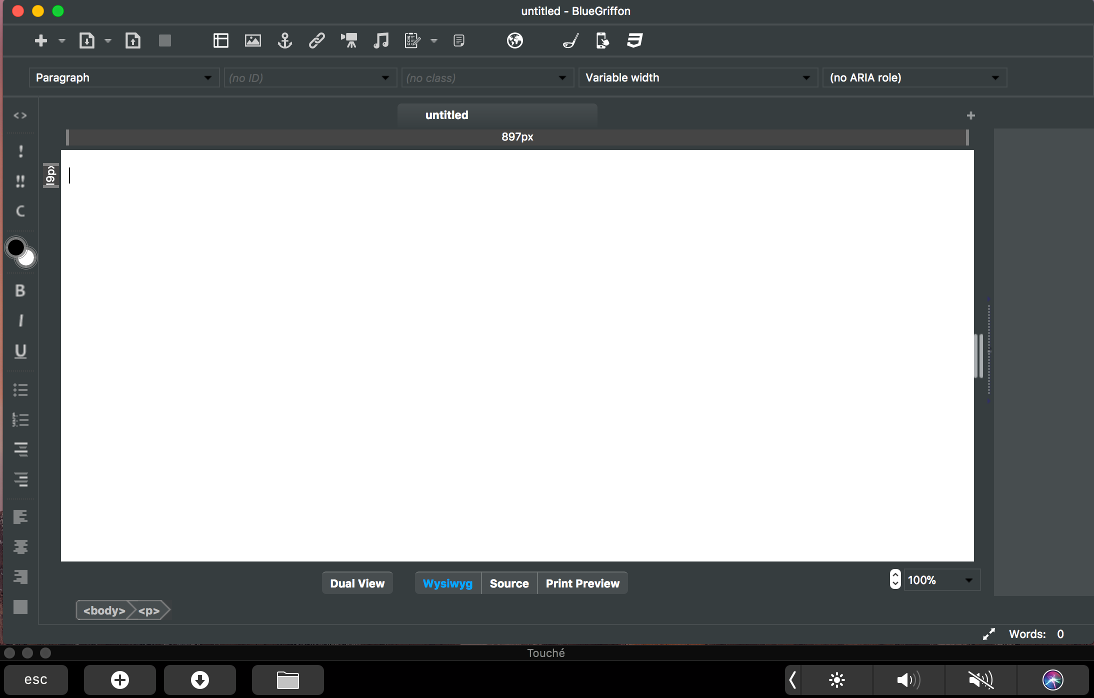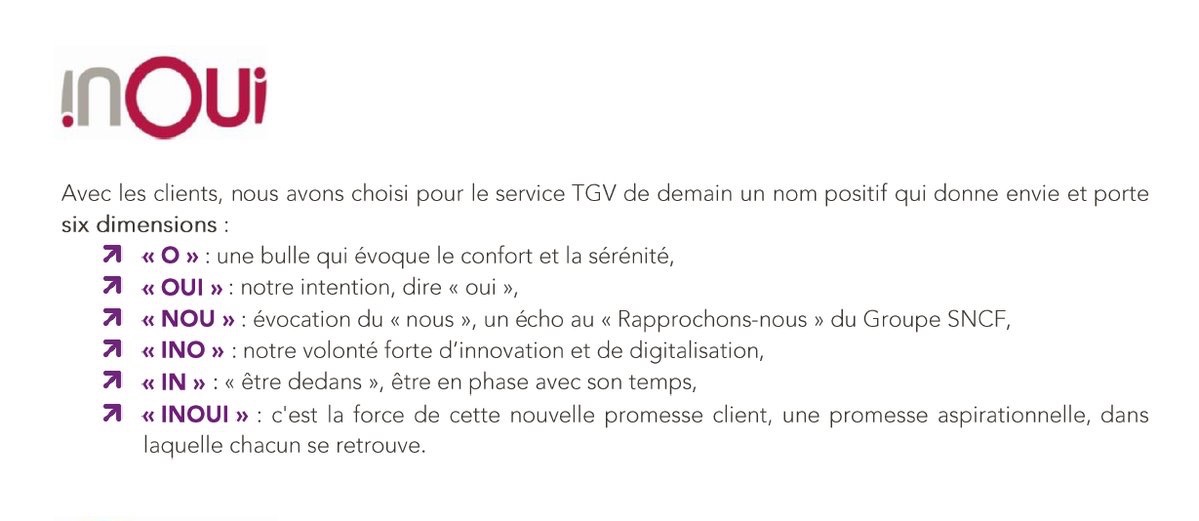The World Wide Web Consortium (W3C) is at crossroads. There are multiple reasons for that:
- it's slow, extremely slow. Its Process, that rules the daily life of the Membership, cannot be changed fast even in front of a major hickup. It's not an exaggeration to say that important problems do take years to fix, even when there is an clear, critical and immediate issue.
- it's opaque and weirdly managed. Elections at the Advisory Board (AB) and the Technical Architecture Group (TAG) are the only elections I know where the scores of the candidates remain secret after the end of the election. Even the candidates, successful or not, don't know their scores. It's the only organization I know where votes of the Membership can be biaised by changes to the requests during the course of a vote... It's the only Standards Committee I know where the management regularly interferes with the local Process. The finances of the W3C are also opaque, with a Staff that has seen a salary freeze for many years now, a non-incorporated structure (even as a Foundation) and extremely complicated relationships between the MIT-based foot of W3C and its european or asian feet.
- it's unable to acknowledge the fact that some crucial parts of the Open Web Platform (OWP) it voluntarily abandoned long ago are now gone. html, DOM and other major layers of the OWP are now in the smart hands of the WHATWG. As an example, nobody really cares about the W3C versions of html and DOM because they're not what's implemented, because they diverge from implementations; it's just not usable in a real production environment. A clear side-effect is a counter-productive state of war with WHATWG that affects everyone and everything.
- the merger with IDPF, mostly done behind curtains and with little interaction with the Membership, is suboptimal, to say the least. The former IDPF has recreated its ivory tower inside the W3C. The original Charters of the Publishing Groups were not conformant to W3C Process; the spirit of these Groups itself is not conformant the W3C spirit and usual way of producing Standards. As I said above, W3C is at crossroads but it has experience and expertise about delivering Standards to billions of people, like it or not.
- the W3C Director, our Maaaaaster, is mostly gone. He's on a sabbatical now but he's been mostly absent from W3C daily activities for the last decade. Decisions, technical or process-wise, are always made « in the name of the Director », but the Director does not show up any more if you except big events like Plenary Meetings. In my 7.5 years tenure as CSS WG Co-chair, not a single spec transition conference call was held by the Director (and the CSS WG is one of the major groups of the W3C). The W3C is unable to acknowledge that absence and materialize it in its Process.
- a part of Standardization relies on some absolutely crucial Invited Experts that invest their own budget for us. Even the attendance cost to the Plenary Meetings can be too much for some of them. We started discussing a sponsoring scheme for Invited Experts a decade ago and we're still nowhere at all.
So I think the reasons why I ran myself in the past for a seat at the W3C Advisory Board still stand. The W3C needs reforms, and probably a management change. But I wrote here a while ago, « I am now 50 years old, I have been contributing to W3C for, er, almost 22 years and that's why I will not run any more. We need younger people, we need different perspectives, we need different ways of doing, we need different futures. We need a Consortium of 2017, we still have a Consortium of 2000, we still have the people of 2000. »
I pinged Florian Rivoal about all of that. Florian is a extremely talented, multicultural, brilliant french engineer (but he also holds a MBA from INSEAD, often ranked #1 MBA in the whole world) based in Japan. He has been a crucial contributor to the CSS Working Group, the Publishign activity and many other areas of the daily W3C activities as a Avisory Committee representative for his various past employers. I do trust him, I like his vision, I like his diplomatic talent, appreciate that he deeply and truely cares for the future of the World Wide Web and the future of the W3C, and I love his technical expertise.
After a short chat, I told Florian that I wanted to nominate him for a seat at the W3C Advisory Board. After some thoughts, Florian accepted. Kodansha (one of the largest publishing company in Japan) has agreed to sponsor his participation to the AB.
You can read his official candidacy in french, english, japanese, chinese and korean. If your employer is a W3C Member and you're the AC-rep of your employer, please consider giving your vote to Florian, Florian would be a great addition to the W3C Advisory Board. And if you're not the AC-rep but your employer is a W3C Member, please consider telling your AC-rep about Florian's candidacy with a recommendation to vote for him.
Thank you.
